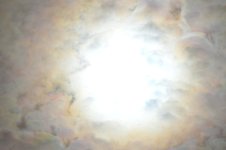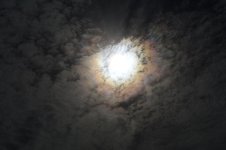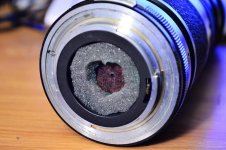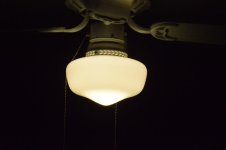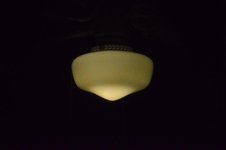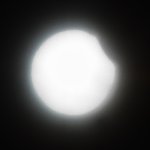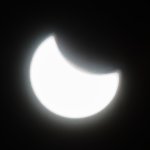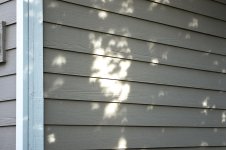Whiskeyman
Senior Member
This Thursday, October 23, a large part of the world will experience a partial solar eclipse. In my neck of the woods, the sun will be setting while in this state. I plan on having my D90 out with the 300mm f4.5 at one of my favorite sunset spots. I just hope that the skies are as clear as they have been the last two days.
If it works out photographically, please post your "Sunset Eclipse" shots for the rest of us to enjoy.
WM
If it works out photographically, please post your "Sunset Eclipse" shots for the rest of us to enjoy.
WM

